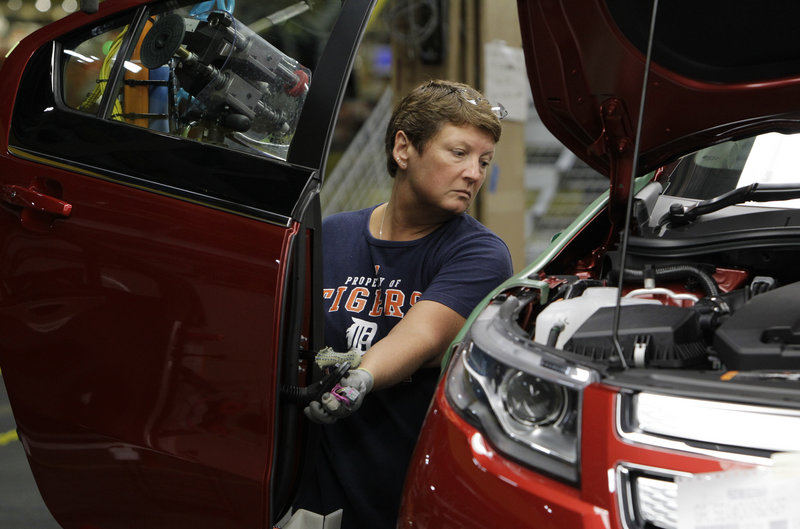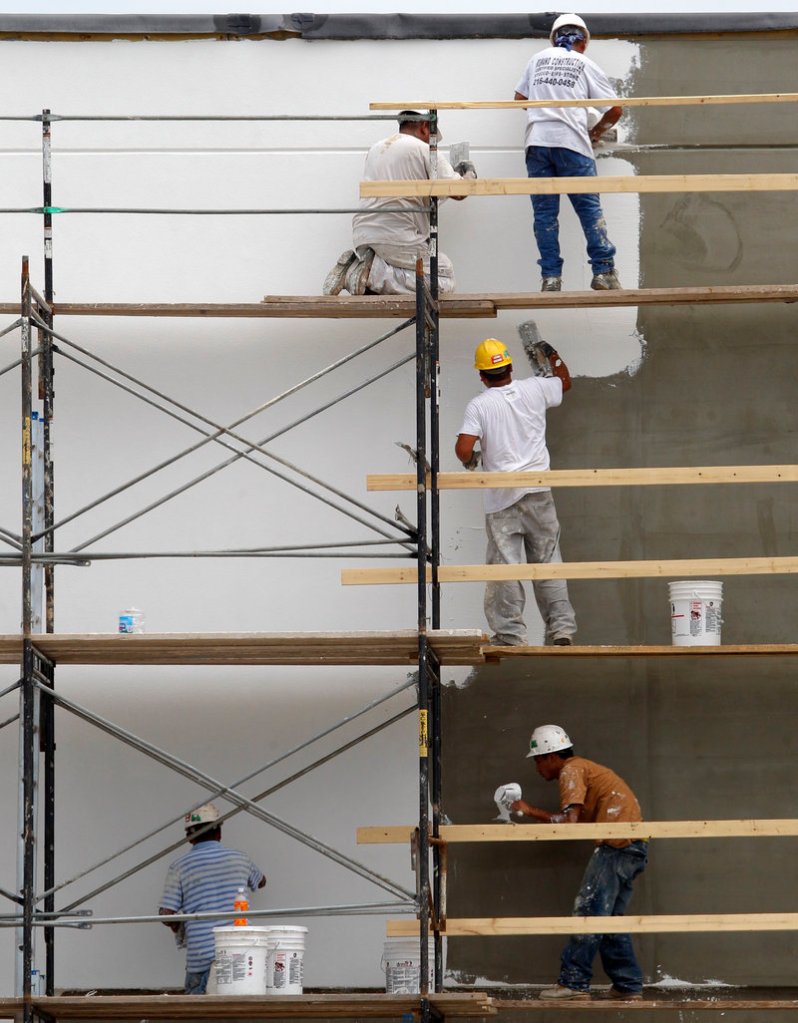WASHINGTON — Manufacturers posted their weakest growth in two years in July, a sign that the economy could weaken this summer.
The Institute for Supply Management, a trade group of purchasing executives, said Monday that its index of manufacturing activity fell to 50.9 percent in July from 55.3 percent in June. The reading was the lowest since July 2009 – one month after the recession officially ended.
Any level above 50 indicates growth. The manufacturing sector has expanded for 23 straight months.
Still, new orders shrank for the first time since the recession ended. Companies slashed their inventories after building them up in June. Output, employment and prices paid by manufacturers all grew more slowly in July.
The disappointing report on manufacturing is the first major reading on how the economy performed in July. It suggests the sluggish economic growth in the first half of the year could extend into the July-September quarter.
“The ISM manufacturing report for July is a shocker and strongly suggests that the disappointing performance of the economy in the first half of the year was not just temporary,” said Paul Dales, a senior U.S. economist for Capital Economics.
In a separate report, the Commerce Department said builders began work on more projects in June, pushing construction spending higher for a third straight month.
Construction spending rose 0.2 percent in June to a seasonally adjusted annual rate of $772.3 billion, the government said. But even with the gains, spending remains only slightly above an 11-year low hit in March and is just half of the $1.5 trillion pace considered healthy by most economists.
The economy expanded at a anemic 1.3 percent annual rate in the April-June period after an even worse 0.4 percent increase in the first three months of the year, the government said Friday.
The factory sector has expanded in every month but one since the recession ended in June 2009. The ISM’s index topped 60 for four straight months at the start of the year.
But manufacturing has stumbled in recent months. A parts shortage stemming from the March earthquake in Japan disrupted automakers’ supply chains, cutting into the output of new cars. And high gas prices left Americans with less money to spend on discretionary items like furniture and appliances.
The index fell in May to 53.5 from 60.4 in April. That was the sharpest one-month drop since 1984.
Employers have responded by pulling back on hiring. The economy added just 18,000 net jobs in June, the fewest in nine months, and the unemployment rate rose to 9.2 percent.
The government issues its July employment report on Friday.
Manufacturing represents only about 11 percent of U.S. economic activity and can contribute only so much to the broader economic recovery. For unemployment to fall significantly, consumer income and spending also must pick up.
Send questions/comments to the editors.




Success. Please wait for the page to reload. If the page does not reload within 5 seconds, please refresh the page.
Enter your email and password to access comments.
Hi, to comment on stories you must . This profile is in addition to your subscription and website login.
Already have a commenting profile? .
Invalid username/password.
Please check your email to confirm and complete your registration.
Only subscribers are eligible to post comments. Please subscribe or login first for digital access. Here’s why.
Use the form below to reset your password. When you've submitted your account email, we will send an email with a reset code.